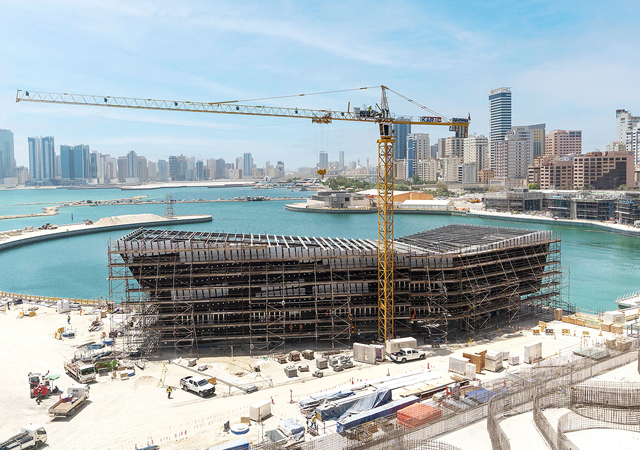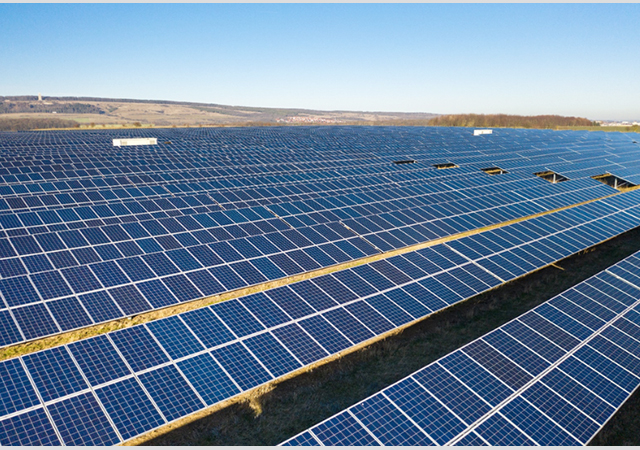

Skyscrapers, bridges, underwater tunnels, man-made islands and the like are now a reality in the harsh and humid environment of the region – where the soil is high in sulphate and chloride content – thanks to the use of Elkem microsilica, which has made long-life, high-strength concrete possible.
Elkem microsilica is among the most important developments in concrete technology in recent years as it enables the production of ultra-high-strength and durable concrete that can be placed underwater, on the ground, or hundreds of meters high. Elkem microsilica is now considered as the essential component in concrete to produce very high strength (more than 140 Mpa) and very high levels of durability (rapid chloride penetration less than 600 Coulombs). It has given civil engineers a vital tool in the design and construction of structures for the next century and architects and design engineers have greater design flexibility, while owners enjoy extended service life.
What is microsilica?
Elkem microsilica is a mineral composed of ultra-fine, glassy spheres of amorphous silicon dioxide (SiO2), produced during the manufacture of silicon or ferrosilicon.
How does it work?
These ultra-fine spheres fill the gaps between the cement grains, refining the voids in the fresh concrete. Microsilica is a pozzolan, which means that it will react with the calcium hydroxide given off by cement hydration and form more of the calcium silicate hydrates that bind concrete together.
As microsilica particles are very fine with a specific surface area of around 20,000 sq m/kg and a SiO2 content of around 90 per cent, the reactivity is very high.
Due to the very fine size of the microsilica particles, the crystalline structure formed by this reaction is also very fine and fills the void spaces within the matrix. This densifies the whole concrete structure, resulting in increased strength, better bond and significant reductions in permeability.
Physical effects
It is calculated that, for 8 to 10 per cent of microsilica replacement of cement, there are approximately 50,000 to 100,000 particles of microsilica for each grain of cement. It is, therefore, no surprise that microsilica has a pronounced effect on the properties of concrete.
Microsilica increases the strength of concrete largely because it increases the strength of the bond between the cement paste and the aggregate particles. Even a small addition (two to five per cent microsilica) produces a denser structure in the transition zone with a consequent increase in micro-hardness and fracture toughness. It is also a fact that microsilica increases the fracture toughness of the transition zone between the cement paste and steel.
In hardened concrete, microsilica particles increase the ‘packing’ of the solid materials by filling the space between the cement grains in much the same way as cement fills the space between the fine aggregate particles, and fine aggregate fills the spaces between coarse particles in concrete.
Workmanship
The durability of a reinforced concrete structure can be defined as the capability of the structure to maintain its original functional and structural characteristics during the expected service life in conditions it was intended for. Hence, the durability of a structure depends not only on that of the concrete, but also on all aspects of the design and the workmanship.
Provided design and workmanship are handled properly, Elkem Microsilica concrete offers characteristics that will ensure long-term durability and service life with the following properties:
• Dense microstructure;
• Low permeability;
• Increased electrical resistivity; and
• Improved resistance to chloride ion penetration, chemicals, sulphates, steel corrosion, abrasion and erosion, frost and scaling and alkali-aggregate reactions.
Effects on fresh concrete
Fresh concrete containing microsilica is more cohesive and less prone to segregation than concrete without microsilica. It is recommended to increase the initial slump of concrete with microsilica by about 50 mm above that required for conventional Portland cement concrete.
Trial mixes are recommended to establish the slump loss characteristics for a particular mix design, bearing in mind that the presence of microsilica by itself will not significantly change the rate of slump loss. This is mainly brought about with chemical admixtures, which also ensure proper control of the setting time.
The use of water-reducing admixtures or high range water reducing admixture is recommended to achieve a maximum improvement in strength and permeability.
The presence of microsilica in fresh concrete generally results in preventing both bleeding and segregation, mainly due to incorporating extremely fine particles into the mixture, because of the strong internal forces caused by the large surface of the microsilica particles, and partly due to improved particle ‘packing’.
Care should be exercised to prevent early moisture loss from freshly-placed microsilica concrete, particularly under conditions which promote rapid surface drying from one or more factors, such as high concrete temperature; low humidity; low ambient temperatures combined with higher concrete temperatures; and high winds.
Immediate curing and plastic sheeting are the most practical ways to eliminate plastic shrinkage cracks.
While microsilica will produce a much less permeable concrete, it will not produce a concrete with a higher mass per unit volume.
Although microsilica can increase the strength of concrete and improve the rate of gain of strength, this does not mean that it is going to generate excessive heat. The heat of hydration of microsilica is similar to that of cement (kilo for kilo). Therefore, if a mix is modified to achieve a certain strength by reducing the cement content, say from 450 kg/cu m to 350 kg/cu m and adding 35 kg of microsilica, the resultant mix will have an overall loss of heat by some 65 kg cement’s worth.
Fresh and hardened concretes containing microsilica are generally darker than conventional concrete.
Effects on hardened concrete
The permeability of concrete is determined by measuring the liquid or vapour flow rate through it. High concrete permeability is closely linked to poor durability. Such concretes have pore structures that allow damage caused by water due to freezing and thawing. Here, the concrete deteriorates due to the penetration of aggressive chemicals and the embedded steel reinforcement corrodes because of the ingress of chloride ions. This will rapidly reduce the lifespan of the structure.
Elkem microsilica concrete absorbs less water compared to conventional concrete. Hence, this low-permeability characteristic of microsilica concrete and the corresponding improvements in durability is the single most important benefit that the concrete construction field derives from the use of the material. In other words, Elkem microsilica increases the life span of a structure.
Due to its low permeability, microsilica concrete exhibits higher resistance to chemical attacks, including nitrates and acids and its resistance to the penetration of chloride ions makes it particularly suitable for structures exposed to a chloride environment. Hence, microsilica concrete is extensively used for marine structures, harbour construction and bridges exposed to saline water.
Elkem microsilica concrete shows excellent resistance to abrasion and erosion damage and also has high electric resistance to the passage of corrosion currents, which are encountered in steel reinforcement concrete under chloride attack in marine environments.
The use of ASTM C 1202 (AASHTO T 277) has become the standard test for evaluating the resistance of concrete to chloride ions. It measures the electric charge passed through the concrete, which is then related to the chloride penetration. This method is fast, low in cost and is becoming widely used in the specifications of the concrete structures in chloride environments. ASTM C 1202 classifies 100 to 1,000 Coulombs (charged passed) as very low chloride permeability and tests have shown that this can be easily achieved with microsilica concrete.
The reduced permeability of microsilica concrete also slows down the passage of sulphate ions into concrete.
In the harsh “sabkha” environment of the Arabian Peninsula, steel reinforced concrete structures often deteriorate in a matter of years and here, microsilica concrete is considered the most rational approach to mitigate the corrosion problems.
The addition of Elkem microsilica allows the production of high- and ultra-high strength concrete. Cast-in-place as well as precast concrete with compressive strength reaching 140 MPa which can be produced on an industrial scale.
The most well-known application area for high-strength concrete is high-rise buildings as it provides the most cost-effective way to carry vertical loads to the building’s foundation. By utilising high-strength concrete, the column size can be reduced, resulting in lower concrete volume as well as reduced formwork. At the same time, the amount of vertical steel reinforcement can be reduced.
Through optimisation of the column size, the amount of reinforcement and concrete strength, construction costs of columns is lowered. In addition to reductions in initial cost, smaller columns result in increased rentable floor space.
In bridge construction, microsilica concrete is used to increase span lengths, increase girder spacing and/or produce shallower sections. It will also provide high early strengths for fast-track construction projects and precast applications.
Applications
Elkem microsilica concrete can be used wherever high strength and durability are of prime concern. Special concretes such as high to ultra-high strength, self-compacting, lightweight, precast, shotcrete and low permeability concretes are better made with Elkem microsilica.
Microsilica promotes the production of high-quality concrete in the construction of skyscrapers, bridges, tunnels, dams, marine and parking structures, water supply and sewerage facilities, oil and gas facilities, airports, roads, railways and seaports.
Quality & standards
Elkem microsilica complies with following standards:
• American – ASTM C 1240-03 (latest version);
• European – prEN 13263 (under approval);
• Canadian – CAN/CSA A 23.5-98;
• Norwegian – NS 3045:1992;
• Japanese – JIS A 6207:2000;
• Brazilian – NBR 13956-1997; and
• Chinese – GB/T 18736-2002.
Elkem microsilica is covered by ISO 9001 certification.
At Elkem’s head office in Norway, a state-of-the-art research laboratory monitors the whole production process as well as contributes in the latest developments in the concrete industry worldwide.
Over the past few years, Elkem microsilica has been represented in the UAE and Oman through its authorised dealer, the Ras Al Khaimah-based Arabian Trading Establishment, which has a team of professional engineers, a number of warehouses and an adequate stock of microsilica to meet the clients requirements.
Enquiries can be mailed at m_silica@emirates.net.ae and project references and further information can be obtained at www.concrete.elkem.com











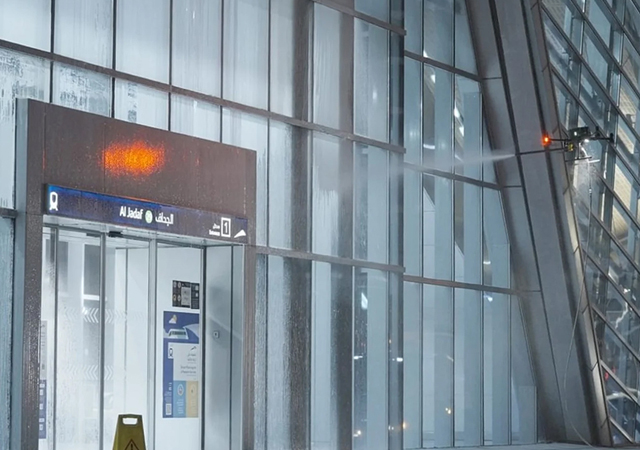

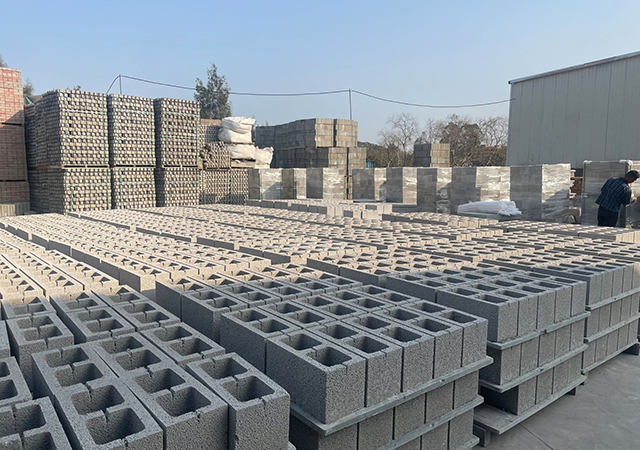


.jpg)
.jpg)
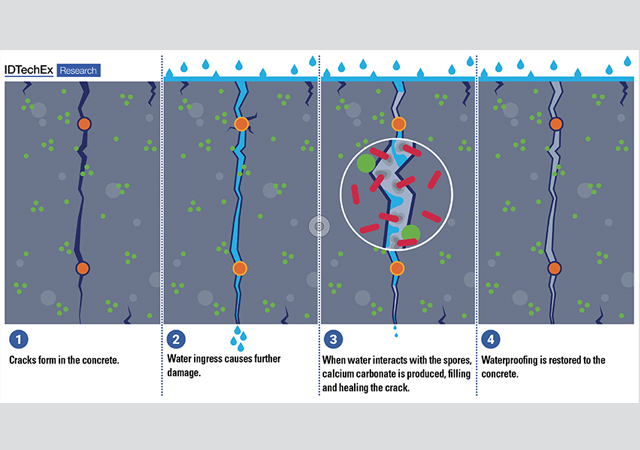
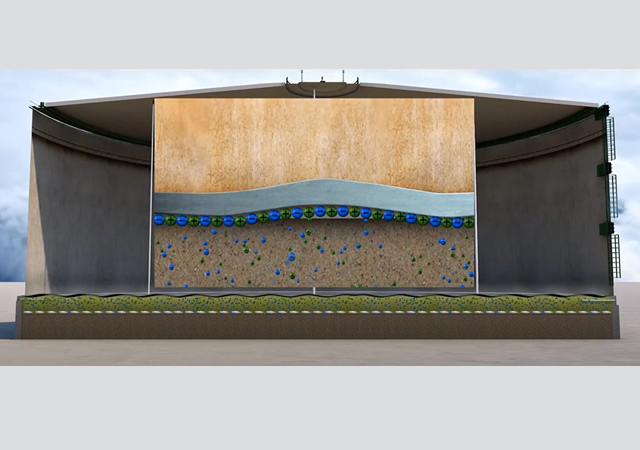
.jpg)
.jpg)
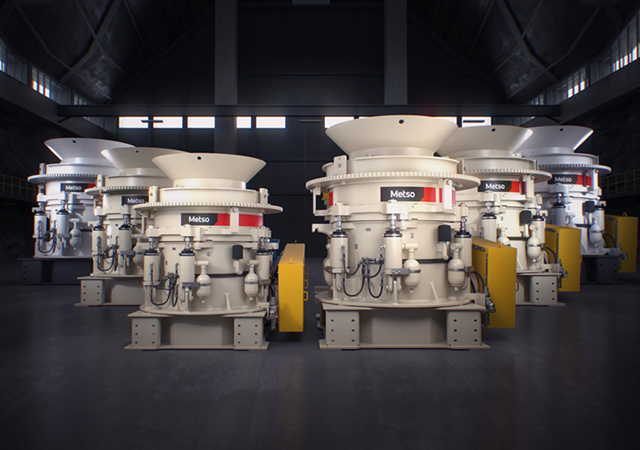
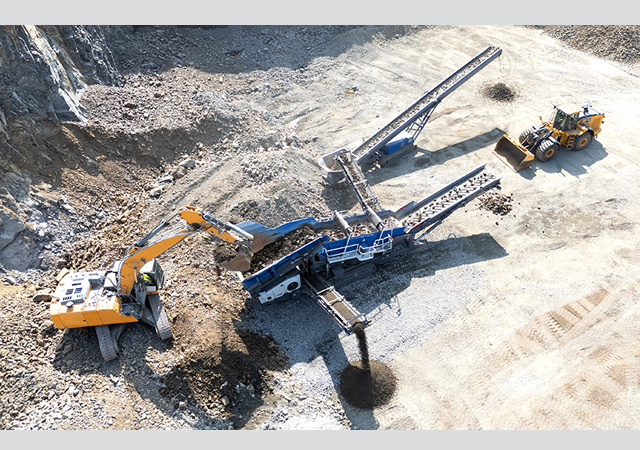
.jpg)
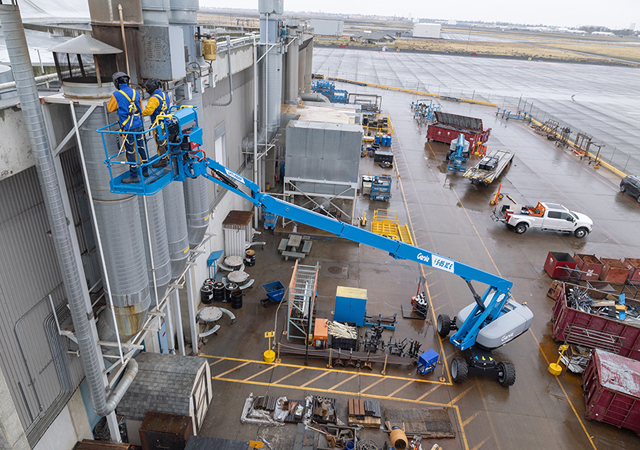

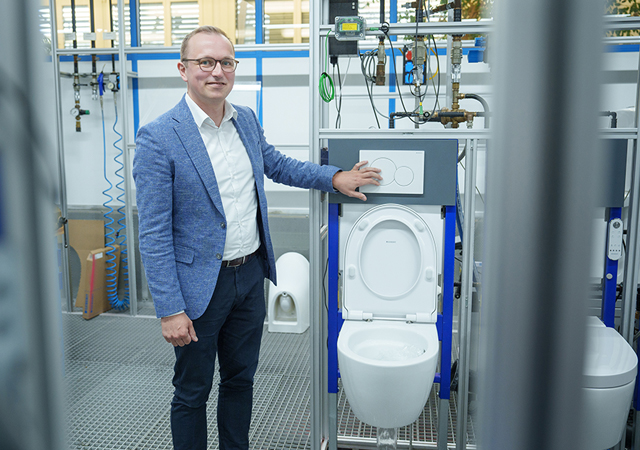

 Doka.jpg)



